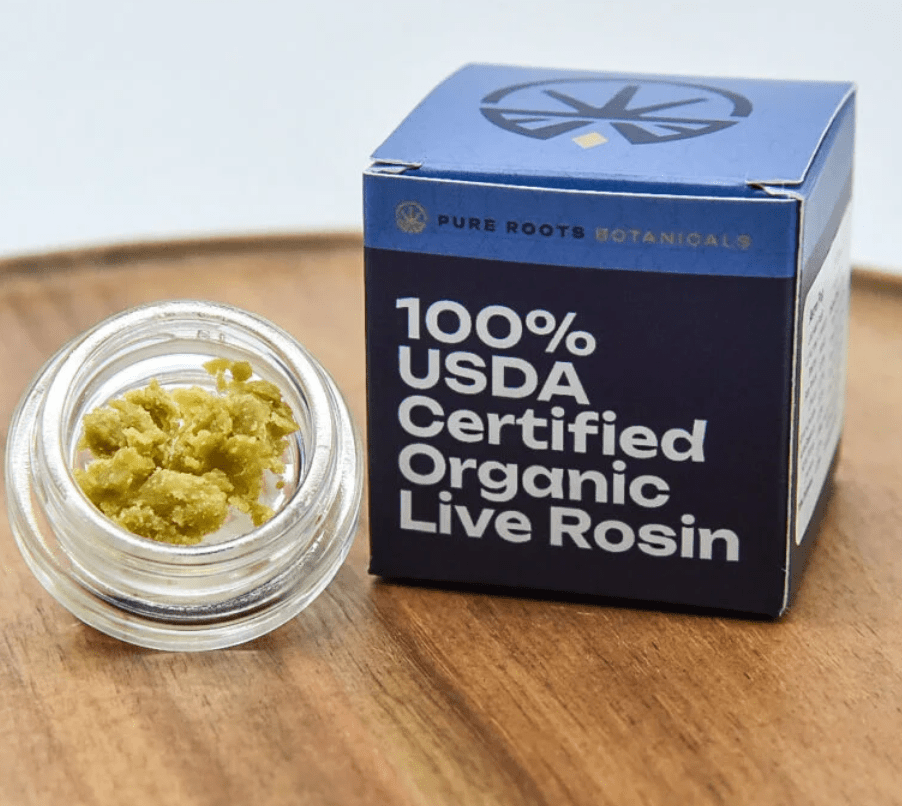There’s nothing quite like the aroma of freshly ground coffee beans, promising a rich and flavorful brew. Coffee enthusiasts understand that the key to a great cup extends beyond the bean itself; it lies in the freshness of those precious coffee grounds. In this exploration, we delve into the world of coffee packaging bags, understanding the factors that impact how long coffee stays fresh and why the correct packaging is crucial.
The Essence of Freshness in Coffee
The selection of premium beans is frequently the first step in the quest for the ideal cup of coffee, but the journey doesn’t end there. The clock begins to run after the beans are crushed and roasted. Because coffee is a perishable good, exposure to air, light, moisture, and temperature can all have an impact on how the product tastes over time.
1. The Role of Oxygen
Oxygen is both a friend and a foe when it comes to coffee freshness. While it is essential during the brewing process, exposure to oxygen outside the brewing context accelerates the deterioration of coffee. Oxygen causes oxidation, leading to the breakdown of organic compounds responsible for the delightful flavours and aromas in coffee. Proper packaging minimizes oxygen exposure, preserving the coffee’s freshness.
2. Impact of Ligh
Light, especially sunlight, can have a detrimental impact on coffee beans. UV rays can alter the chemical composition of the beans, leading to a loss of flavour and aroma. Transparent or lightly coloured coffee packaging allows light to penetrate, so it’s essential to choose packaging that provides adequate protection against light exposure.
3. Moisture Matters
Coffee’s flavour is highly susceptible to moisture. Humidity can lead to the growth of mould and spoilage, compromising the quality of the coffee. Packaging with a moisture barrier is crucial to prevent the ingress of water vapour. This is particularly relevant for ground coffee, which has a larger surface area exposed to moisture compared to whole beans.
4. Temperature’s Role
Temperature fluctuations can also impact the freshness of coffee. Extreme heat can accelerate the release of volatile compounds, leading to a loss of flavour. Conversely, cold temperatures can slow down the aging process but may contribute to the formation of condensation inside the packaging, introducing moisture. Consistent and moderate temperatures are ideal for preserving coffee freshness.
5. Packaging Materials Matter
The type of material used for coffee packaging is a critical factor. Paper, plastic, foil, and combinations of these materials are among the alternatives. Every material has pros and cons when it comes to moisture and oxygen permeability. Packaging that combines multiple layers, such as foil-lined coffee packaging bags, provides an effective barrier against external elements.
6. Degassing Valves
As a consequence of roasting, carbon dioxide (CO2) gas is released from freshly roasted coffee beans. The coffee’s flavour may be adversely affected if this gas is not allowed to escape. Coffee packaging often includes degassing valves that allow CO2 to exit while preventing oxygen from entering. This is particularly crucial for whole-bean coffee, as it retains more CO2 immediately after roasting.
7. Packaging Types for Coffee:
a. Foil Bags: Foil bags, especially those with degassing valves, are popular for preserving the freshness of coffee beans. The foil acts as a barrier against light and oxygen.
b. Paper Bags: Paper bags work well for temporary storage. Although they are less expensive than foil bags, they do not offer as much protection.
c. Plastic Bags: Plastic bags work well for short-term storage but are less effective than foil in keeping out light and oxygen. They are often used for pre-ground coffee.
d. Tin Tie Bags: These are typically paper bags with a tin tie closure. They provide a secure seal and are often used for specialty coffees.
Conclusion
The freshness of the beans is a must in the quest for the ideal cup of coffee. Every component, including the degassing valve’s performance, the ease of a tin tie closing, and the foil bag’s protective layers, adds to the overall freshness of your coffee. In your pursuit of exceptional coffee experiences, consider investing in quality coffee packaging bags from Dura Pack that align with the freshness standards you desire for your beans. After all, great coffee deserves nothing less than the best protection on its journey to your cup.



